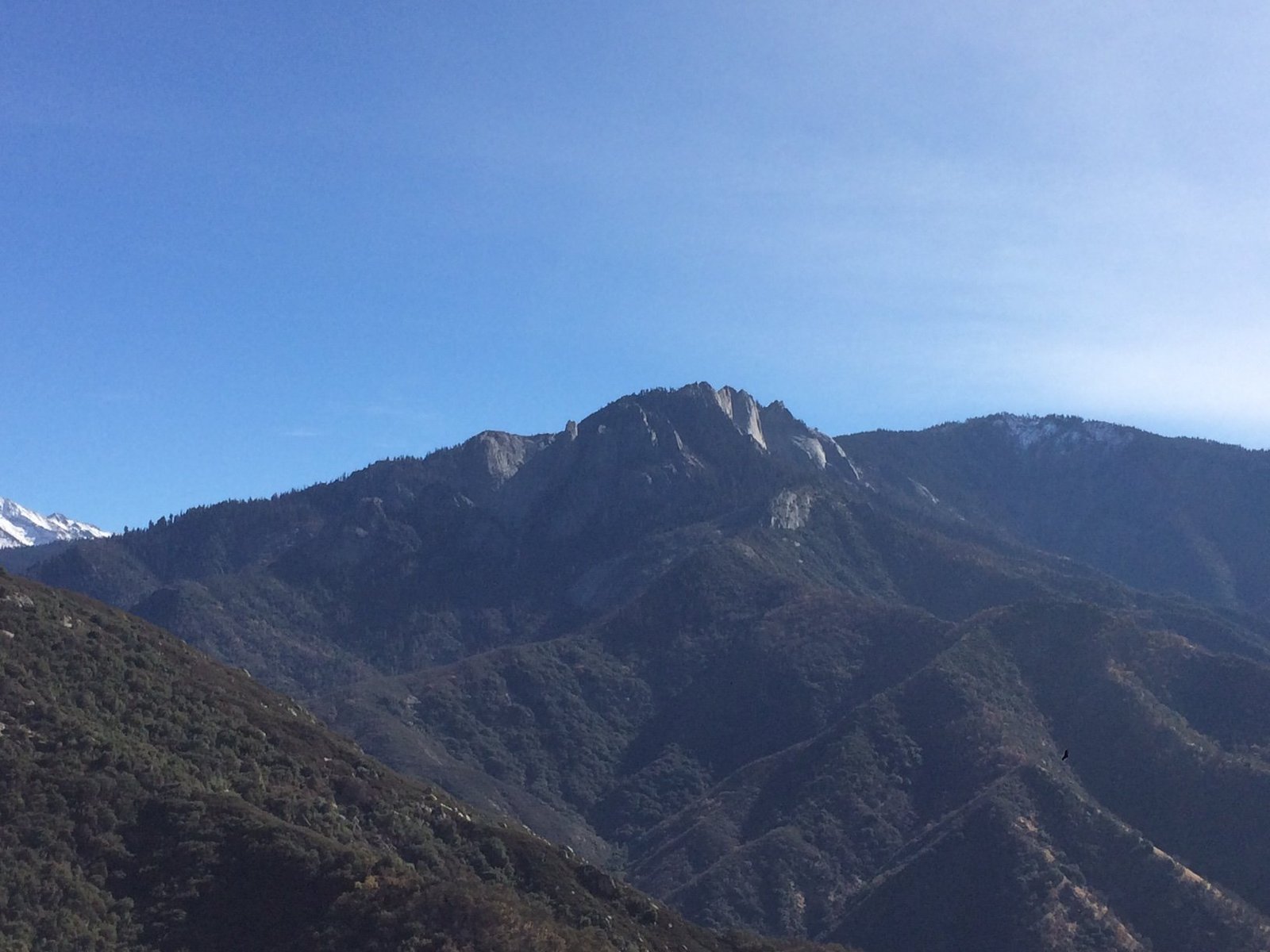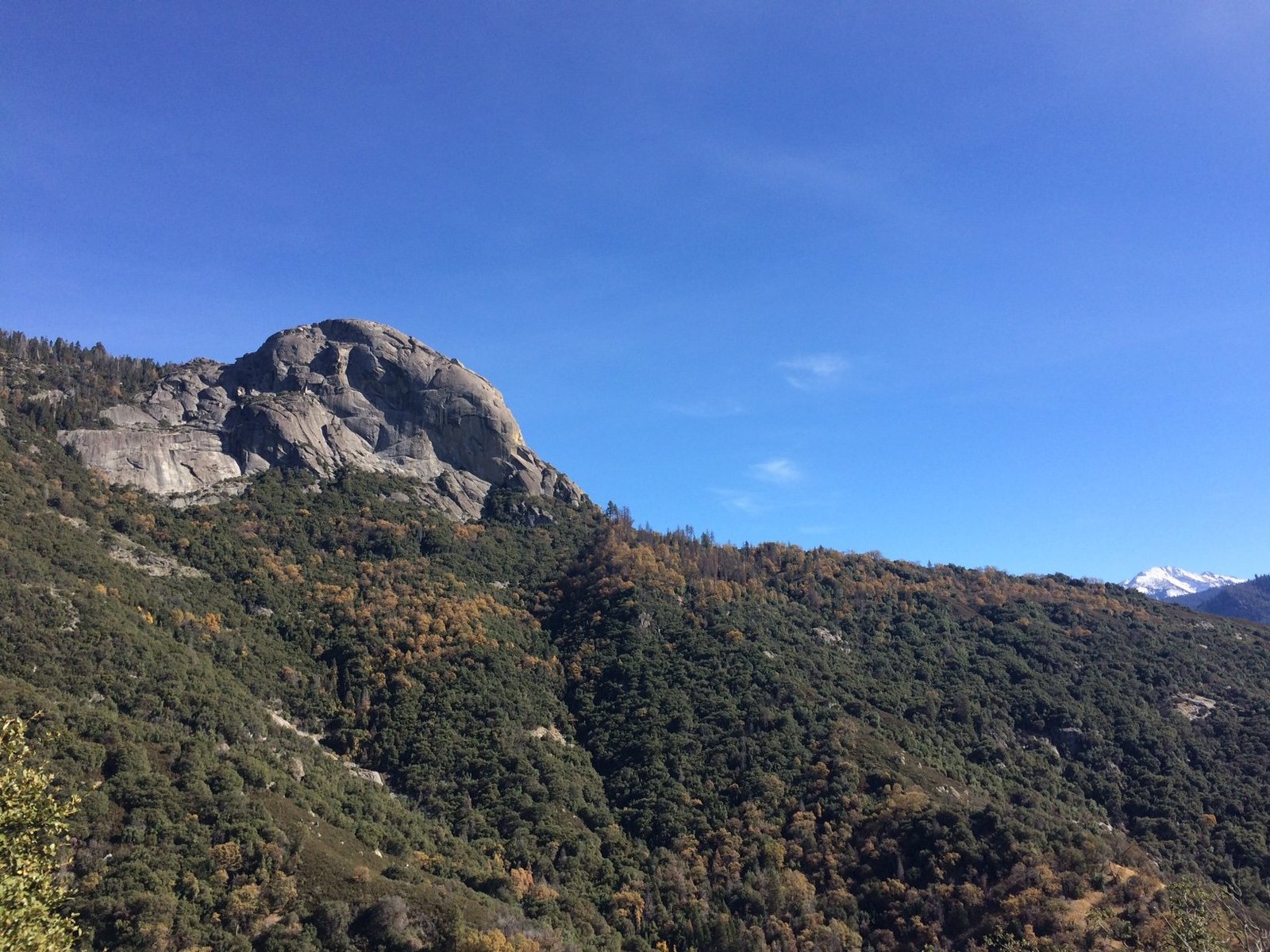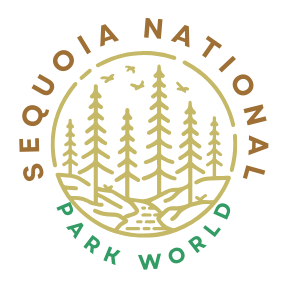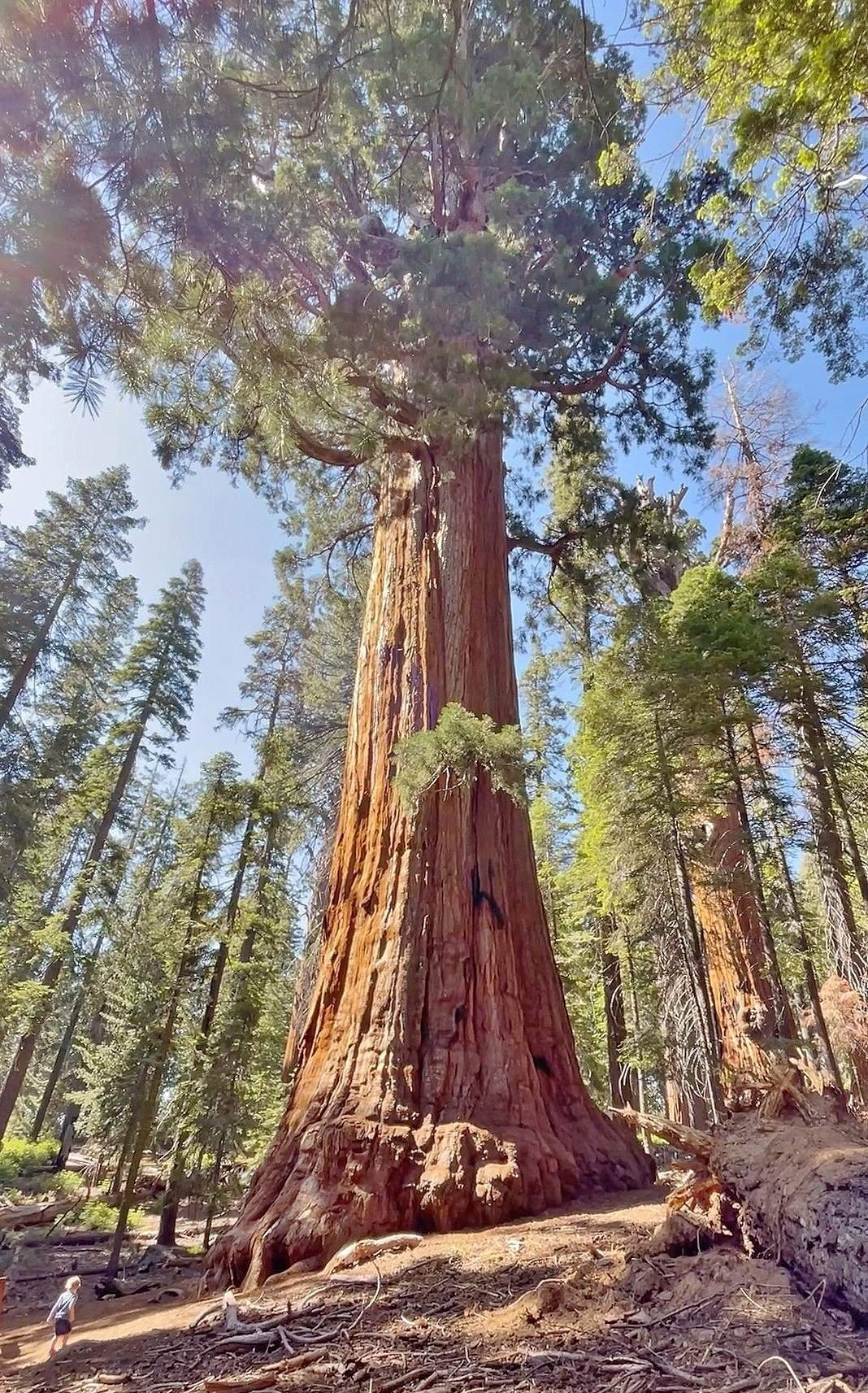Sequoia National Park, established in 1890, was crucial to protect due to its unique ecological, historical, and scientific significance. The area houses giant sequoias, among the largest and oldest living organisms on Earth, playing vital roles in maintaining ecological balance, providing habitats for diverse species, and holding immense cultural importance. This protection effort aimed to preserve these natural wonders for future generations and maintain the delicate ecosystem of the Sierra Nevada region.
Why Were Giant Sequoias Central to the Protection Efforts?

Giant sequoias, the cornerstone of Sequoia National Park’s protection, are marvels of nature that demanded preservation for several compelling reasons:
- Ecological Importance
- Keystone species in their ecosystem
- Crucial for maintaining forest biodiversity
-
Influence local hydrology and soil conditions
-
Historical Significance
- Among the first natural wonders protected in the United States
-
Subject of the 1864 Yosemite Valley Grant Act signed by President Abraham Lincoln
-
Unique Characteristics
- Among the largest and oldest living organisms on Earth
- Some trees estimated to be over 3,000 years old
-
Thick bark (up to two feet) providing resilience to natural disturbances
-
Scientific Value
- Living laboratories for studying climate change and forest ecology
- Provide insights into long-term environmental changes
How Does Sequoia National Park Contribute to Biodiversity Conservation?

The protection of Sequoia National Park plays a crucial role in preserving biodiversity:
- Species Diversity
- Home to over 78 naturally occurring giant sequoia groves
- Supports a wide array of plant and animal life
-
Groves cover about 11,223 acres with over 54,400 trees greater than one foot in diameter
-
Endemic Species Protection
- Critical habitat for species like the Pacific fisher and spotted owl
-
Safeguards numerous insect and plant species unique to the ecosystem
-
Ecosystem Preservation
- Maintains the broader Sierra Nevada ecosystem
- Protects hydrological cycles and soil health
- Preserves interconnected habitats for various species
What Historical Events Led to the Protection of Sequoia National Park?
The protection of Sequoia National Park was the result of several key historical events and figures:
- Establishment of Sequoia National Park (1890)
- Created to protect giant sequoias from logging
-
Marked a significant milestone in U.S. conservation efforts
-
The Yosemite Valley Grant Act (1864)
- Signed by President Abraham Lincoln
- Transferred federal lands in Yosemite Valley and Mariposa Big Tree Grove to California for public use
-
Set a precedent for national park conservation
-
Colonel John Roberts White’s Influence
- Early park superintendent
- Recognized the need to protect Giant Forest’s natural values
- Prevented additional development, laying groundwork for future restoration
What Conservation Challenges Does Sequoia National Park Face?
Despite its protected status, Sequoia National Park faces several ongoing conservation challenges:
- Climate Change Threats
- Increased severity and frequency of wildfires
- Since 2015, an estimated 20% of mature giant sequoias lost to fires
-
2020 Castle Fire and 2021 KNP Complex and Windy fires killed 19% of giant sequoias in 14 months
-
Human Activities Impact
- Fire suppression altering natural fire regimes
- Air pollution affecting tree health
-
Visitor use impacting ecosystem processes
-
Invasive Species and Pathogens
- Threaten the health of giant sequoias and associated flora
- Disrupt natural ecosystem balance
How Has Sequoia National Park Influenced Conservation Policies?
The establishment and management of Sequoia National Park have had far-reaching impacts on conservation policies:
- Evolution of Park Management
- Shift towards restoration and preservation of natural biotic communities
- Reintroduction of natural fire regimes
-
Mitigation of human impacts on the ecosystem
-
Model for Other Conservation Efforts
- Influenced management strategies in other national parks
-
Demonstrated the importance of preserving large, intact ecosystems
-
Policy Implications
- Highlighted need for proactive management in face of climate change
- Influenced fire management policies in forested areas
What Ongoing Protection Efforts Are in Place for Sequoia National Park?
To address current threats and ensure long-term preservation, several protection efforts are underway:
- Fuel Reduction Treatments
- Removal of excess vegetation to reduce wildfire risk
-
Targeted approach to protect most vulnerable sequoia groves
-
Prescribed Fire Programs
- Controlled burns to mimic natural fire regimes
-
Helps maintain forest health and reduce wildfire intensity
-
Climate Change Adaptation Strategies
- Monitoring of sequoia health and environmental conditions
-
Development of strategies to enhance resilience to changing climate
-
Visitor Management
- Education programs to raise awareness about conservation
-
Regulations to minimize human impact on sensitive areas
-
Scientific Research
- Ongoing studies to better understand sequoia ecology and threats
- Collaboration with universities and research institutions
The protection of Sequoia National Park remains crucial not only for preserving these ancient giants but also for maintaining the ecological integrity of the Sierra Nevada region. As climate change and human activities continue to pose threats, ongoing conservation efforts and adaptive management strategies are essential to ensure the park’s treasures endure for future generations.
References:
1. Giant sequoia protection efforts underway in the southern Sierra
2. Giant Forest Restoration Overview
3. Save the giant sequoias
4. Sequoia and Kings Canyon National Parks: Nature
5. Giant Sequoia National Monument Management Plan

